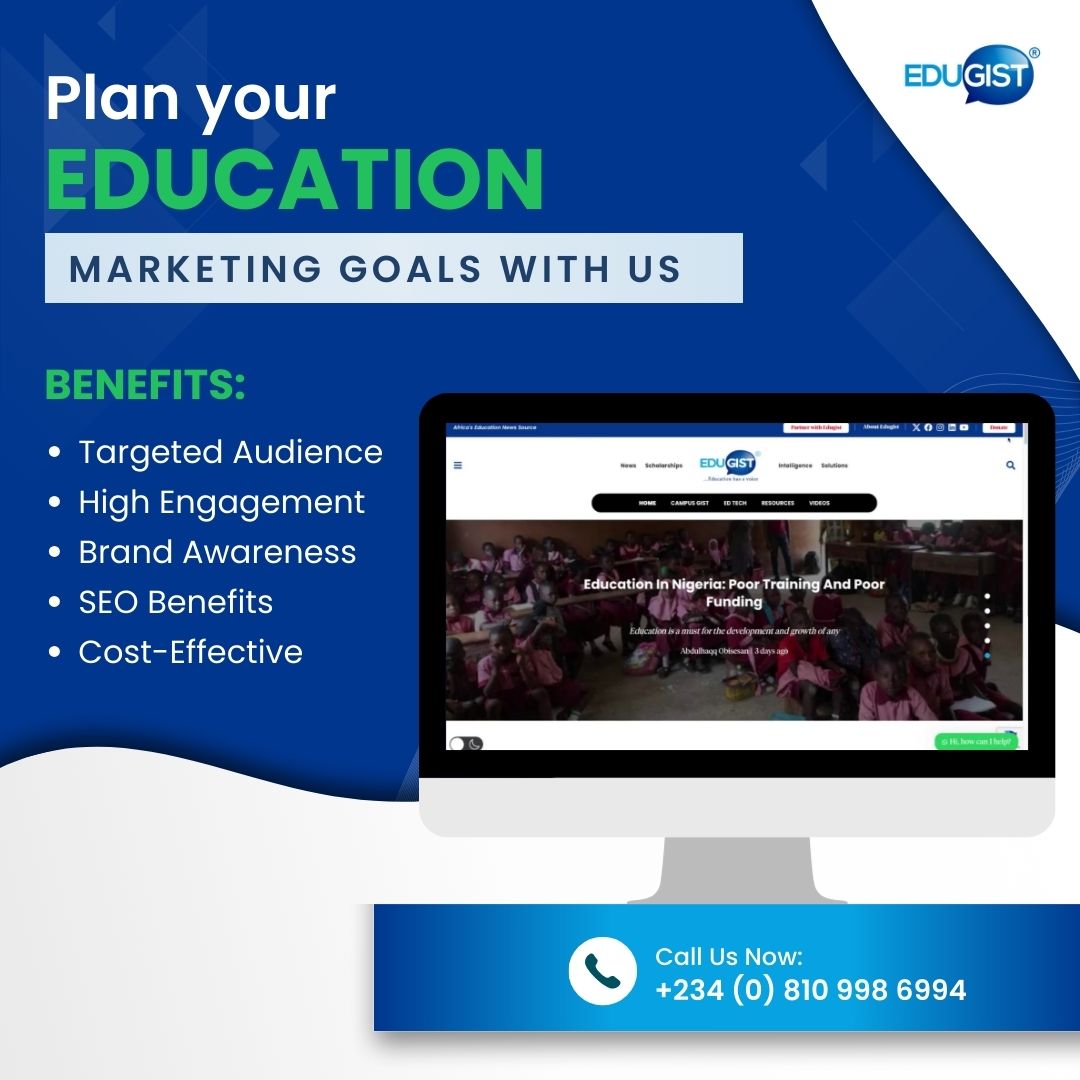In a small town nestled amidst rolling hills, a young boy named Ayo faced daily challenges that set him apart from his peers. Born with cerebral palsy, Ayo’s journey toward learning and self-discovery was marked by determination, resilience, and the unwavering support of his family and educators. Through their collective efforts, Ayo not only overcame the obstacles imposed by his condition but also thrived in an environment tailored to his unique needs.
Cerebral palsy, a condition affecting movement and muscle coordination, can be a significant barrier to learning. However, with the right strategies, technologies, and support systems, individuals like Ayo can defy the odds and unlock their true potential.
READ ALSO: How to help people with autism
Understanding Cerebral Palsy and Its Causes
Cerebral palsy is a neurological disorder caused by damage to the developing brain, usually before birth, during childbirth, or in the early years of life. The causes can be varied and multifaceted, including factors such as genetic mutations, maternal infections, premature birth, and birth complications. These underlying factors often lead to motor impairments, affecting muscle tone, posture, and movement. Consequently, individuals with cerebral palsy may encounter difficulties in speech, mobility, and coordination.
Guiding Principles for Effective Learning
Inclusive Education: Inclusive classrooms, where students with cerebral palsy learn alongside their typically developing peers, foster an environment of acceptance, understanding, and shared learning experiences. Trained educators and supportive peers can significantly contribute to the success of inclusive education.
Individualised Learning Plans: Tailoring teaching methods and curricula to suit each student’s unique abilities is essential. Individualised education plans (IEPs) help set specific learning goals and strategies, adapting to the student’s pace and preferences.
Assistive Technology: Assistive technologies, ranging from communication devices to mobility aids, play a pivotal role in enhancing learning opportunities for individuals with cerebral palsy. These technologies bridge communication gaps and enable greater participation in educational activities.
Cerebral Palsy in Nigeria: A Closer Look
In Nigeria, cerebral palsy is a prevalent condition affecting thousands of children. Limited access to quality healthcare and early interventions, coupled with societal stigmatisation, contribute to the challenges faced by individuals with cerebral palsy. However, awareness and advocacy efforts are gradually gaining momentum, with organisations working towards equitable opportunities and better support systems.
Recent Technological Advancements
The digital age has ushered in a plethora of innovative solutions to assist individuals with cerebral palsy in their learning journey. These technologies not only break down barriers but also empower individuals to actively engage in education and personal growth:
Communication Aids: Augmentative and alternative communication (AAC) devices facilitate effective communication for individuals with limited speech abilities. Devices equipped with voice output capabilities enable users to express themselves, participate in discussions, and actively contribute to classroom activities.
Mobility Devices: Technological advancements in mobility aids, such as exoskeletons and robotic walkers, promote greater independence and mobility for individuals with cerebral palsy. These devices offer ergonomic support and enhanced functionality, allowing users to navigate their environments with increased ease.
Accessible Learning Apps: Tailored educational apps and software cater to the diverse learning needs of individuals with cerebral palsy. Interactive tools, audiovisual content, and adaptive interfaces promote engagement and facilitate comprehension, promoting a holistic learning experience.
Virtual Reality (VR) and Augmented Reality (AR): VR and AR technologies provide immersive learning experiences, enabling individuals with cerebral palsy to explore subjects beyond traditional boundaries. These technologies enhance sensory engagement, making learning more interactive and captivating.
Robotics in Therapy: Robotic-assisted therapy is gaining traction as a beneficial intervention for individuals with cerebral palsy. Robots guide and support therapy sessions, promoting motor skill development, coordination, and muscle strength.
Empowering Potential through Innovation and Inclusion
Ayo’s story exemplifies the transformative power of tailored strategies, empathetic support systems, and innovative technologies in enabling individuals with cerebral palsy to embrace learning with confidence. As awareness grows and technology continues to evolve, the educational landscape becomes more inclusive and equitable, fostering a world where every individual, regardless of their abilities, can reach their full potential.
In Nigeria and beyond, concerted efforts towards creating inclusive educational environments and harnessing the potential of cutting-edge technologies are imperative. By championing these initiatives, we not only enhance the educational experiences of individuals with cerebral palsy but also contribute to a more diverse, compassionate, and empowered society.















